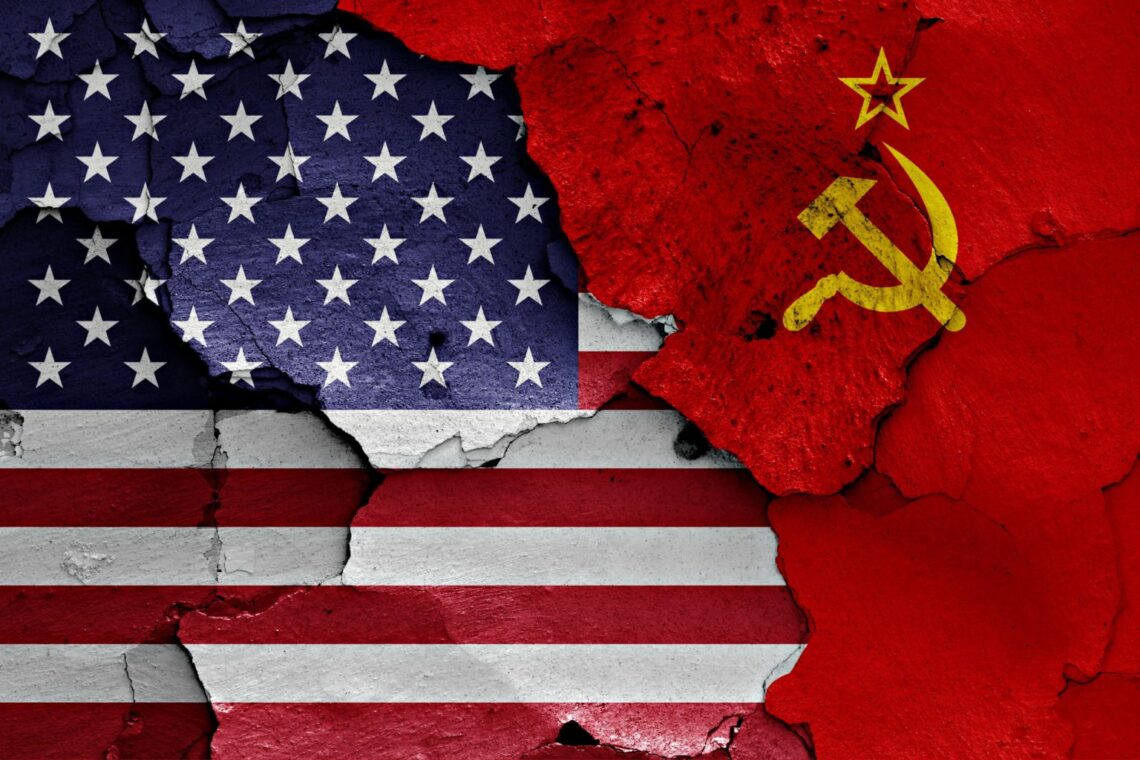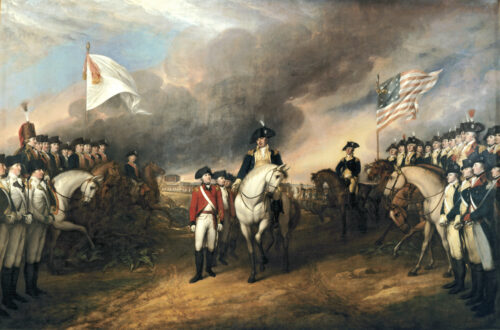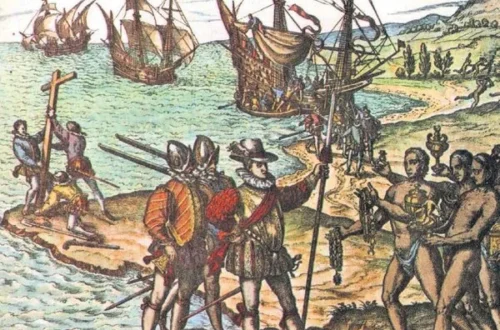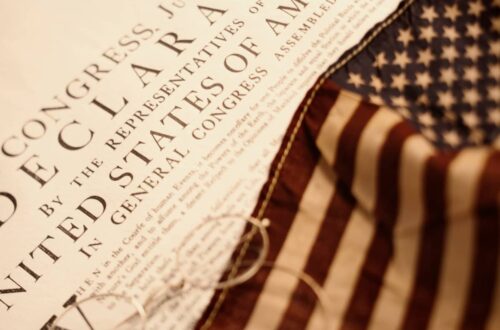1. Introduction
The Cold War era redefined the dynamics of global politics. Following World War II, the ideological battle between capitalism and communism emerged as the principal conflict. With the United States and the Soviet Union leading opposing blocs, the Cold War influenced not only military and political spheres but also economic development, technological innovation, and cultural narratives worldwide. Understanding this period is essential for comprehending today’s international order and security challenges.
2. Ideological and Political Underpinnings
2.1 The Clash of Ideologies
Central to the Cold War was the struggle between two contrasting ideologies—liberal democracy and market capitalism versus Marxist-Leninist communism. The United States championed democratic values, individual freedoms, and free-market principles while the Soviet Union promoted a state-controlled economy and a one-party system. This ideological rivalry fueled global debates over governance, human rights, and economic policy, influencing international alliances and proxy conflicts around the world.
2.2 Formation of Blocs and Alliances
The division of Europe into Western and Eastern blocs was formalized through alliances such as NATO (the North Atlantic Treaty Organization) and the Warsaw Pact. These military pacts not only solidified the division of Europe but also set the stage for a global contest in spheres such as nuclear arms, technological innovation, and cultural influence.
3. The Arms Race and Technological Competition
3.1 Nuclear Deterrence and the Balance of Power
The development of nuclear weapons introduced an unprecedented era of deterrence. Both superpowers engaged in a massive arms race to secure a credible second-strike capability, leading to mutually assured destruction (MAD). The nuclear standoff and the constant threat of escalation played a crucial role in shaping military strategies and diplomatic initiatives during the Cold War.
3.2 Technological and Scientific Advancements
Competition extended to scientific research and technological development, notably in the fields of aerospace and electronics. The space race, exemplified by milestones such as the Soviet launch of Sputnik and the American Apollo moon landings, symbolized the technological prowess and ideological superiority that each bloc sought to project.
4. Proxy Wars and Global Interventions
4.1 Regional Conflicts and Insurgencies
While a direct confrontation between the superpowers was avoided, the Cold War was characterized by proxy wars in regions such as Korea, Vietnam, and Afghanistan. These conflicts allowed the United States and the Soviet Union to exert influence indirectly by supporting opposing factions, resulting in prolonged regional conflicts with significant human and economic costs.
4.2 Diplomatic and Economic Strategies
Global competition during the Cold War was not confined to military engagements. Both blocs invested in economic aid, cultural diplomacy, and strategic alliances to expand their spheres of influence. Institutions such as the International Monetary Fund (IMF) and the World Bank played roles in shaping the economic policies of developing nations, often aligning them with one of the two superpowers.
5. Social, Economic, and Cultural Impacts
5.1 Domestic Reforms and Social Change
The Cold War spurred significant internal changes as both superpowers reformed their domestic policies to strengthen economic growth and social welfare. In the United States, the era witnessed advancements in civil rights, education, and scientific research driven by the need to compete on a global stage. Similarly, in the Soviet sphere, state policies aimed at rapid industrialization and collectivization reshaped society, albeit with mixed results.
5.2 Cultural Narratives and Propaganda
Cultural competition was a vital front in the Cold War. Both the United States and the Soviet Union utilized propaganda, media, and cultural exchanges to promote their respective ideologies. Cinema, literature, and art became powerful tools in shaping public opinion, reflecting the global contest for hearts and minds.
6. Legacy and Contemporary Relevance
6.1 Shaping the Modern International Order
The dissolution of the Soviet Union in 1991 marked the end of the Cold War, but its legacy continues to influence contemporary international relations. The restructuring of global alliances, the evolution of security policies, and the proliferation of nuclear arms remain direct outcomes of the Cold War era. Modern geopolitical tensions and regional conflicts often have roots in Cold War dynamics and divisions.
6.2 Lessons for Future Global Competition
The Cold War era offers valuable lessons on the dangers of unchecked ideological extremism, the importance of diplomatic engagement, and the role of economic interdependence in maintaining global stability. Policymakers and scholars continue to study the period to better understand how to manage contemporary conflicts and prevent future escalations.
7. Conclusion
The Cold War Period (1947–1991) was a defining chapter in modern history, marked by a complex interplay of ideological conflict, military competition, and global diplomacy. The rivalry between the United States and the Soviet Union not only altered the course of international relations but also left an enduring legacy that shapes the world today. By examining the political, economic, and cultural dimensions of this era, scholars gain crucial insights into the mechanisms of global competition and the importance of strategic balance in maintaining international peace and stability.
References
- Britannica. (n.d.). Cold War. Retrieved from https://www.britannica.com/event/Cold-War
- Gaddis, J. L. (2005). The Cold War: A New History. Penguin Press.
- Westad, O. A. (2005). The Global Cold War: Third World Interventions and the Making of Our Times. Cambridge University Press.
- U.S. Department of State. (n.d.). Cold War History. Retrieved from https://history.state.gov/milestones/1945-1952/cold-war
- National Security Archive. (n.d.). Cold War Documents. Retrieved from https://nsarchive.gwu.edu/
Tags: academic analysis. Cold War global competition ideological conflict international relations nuclear arms race proxy wars US-Soviet rivalry





